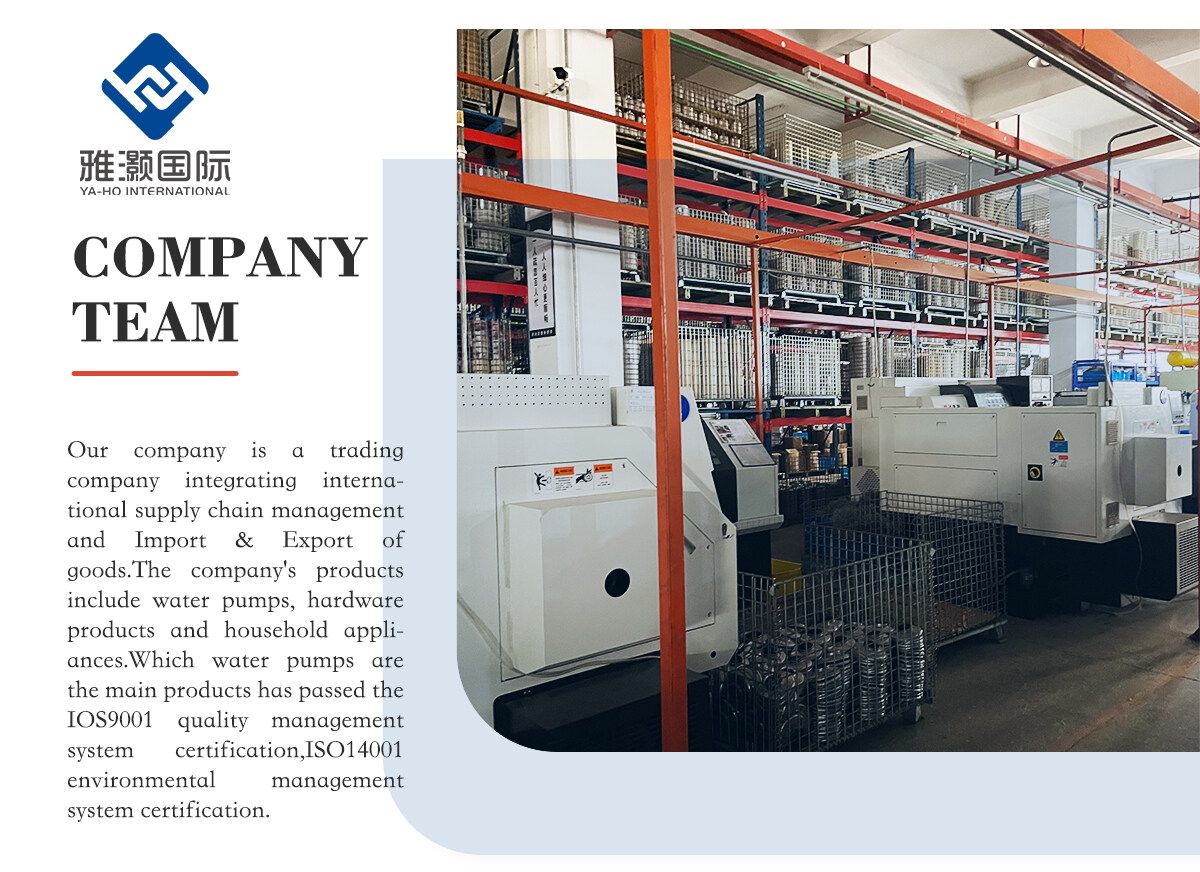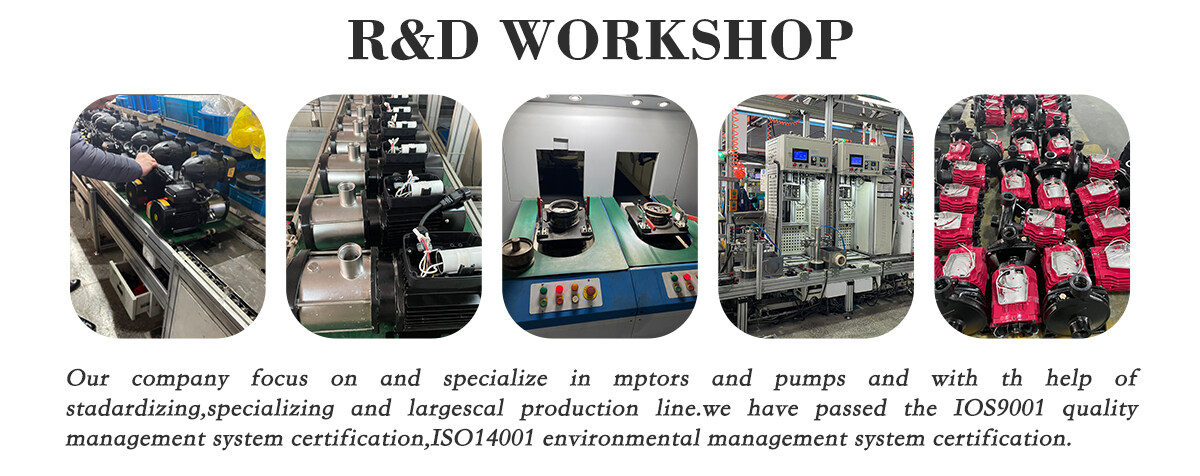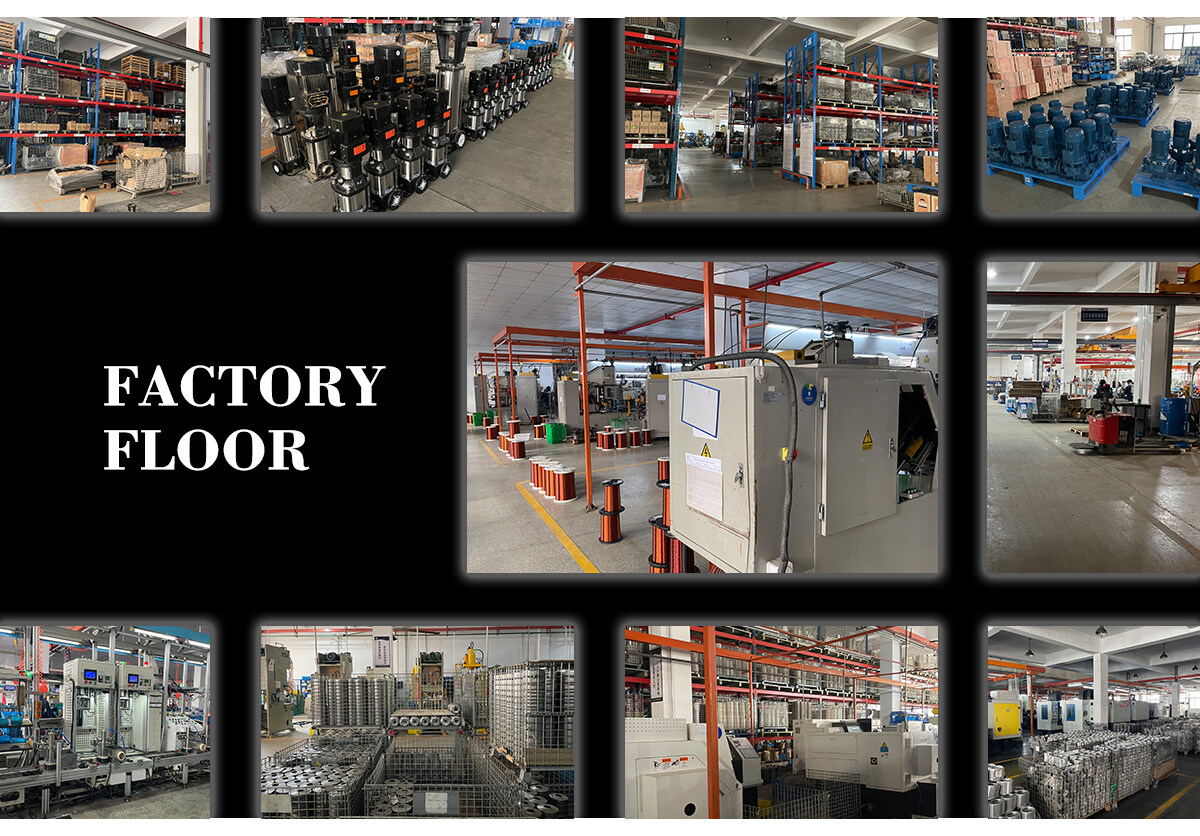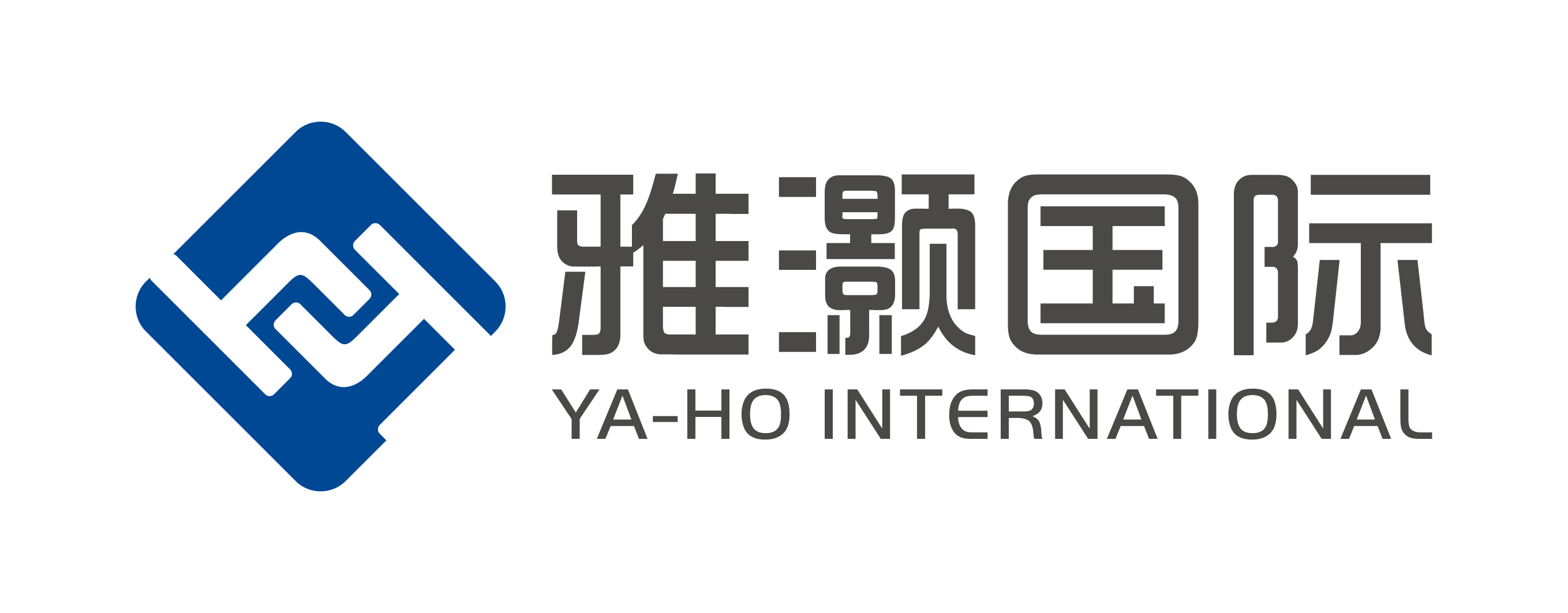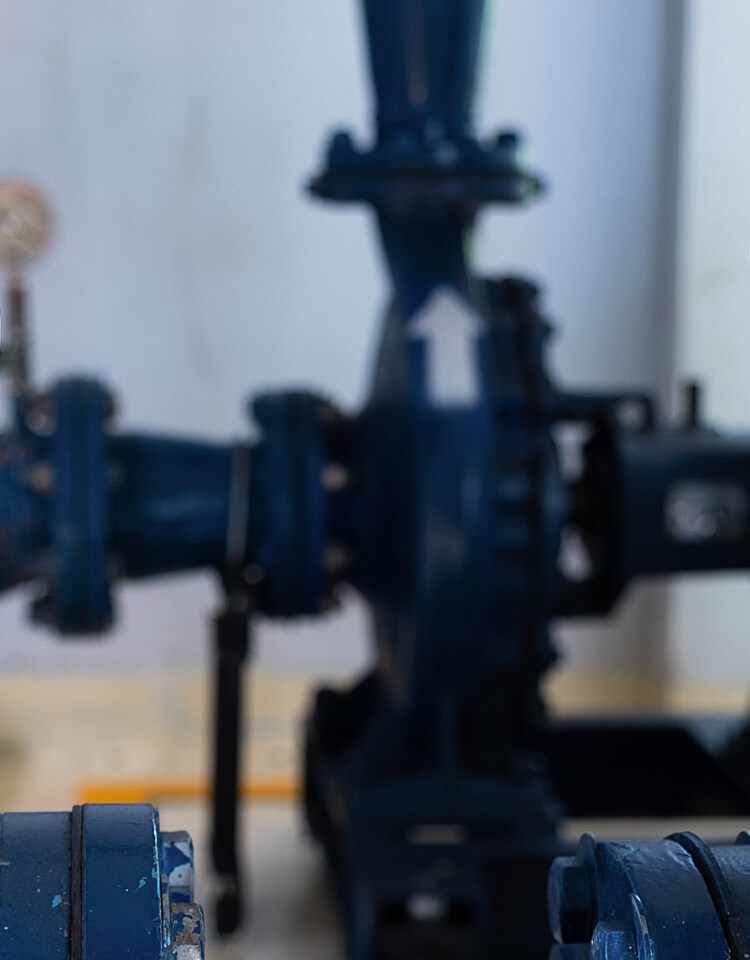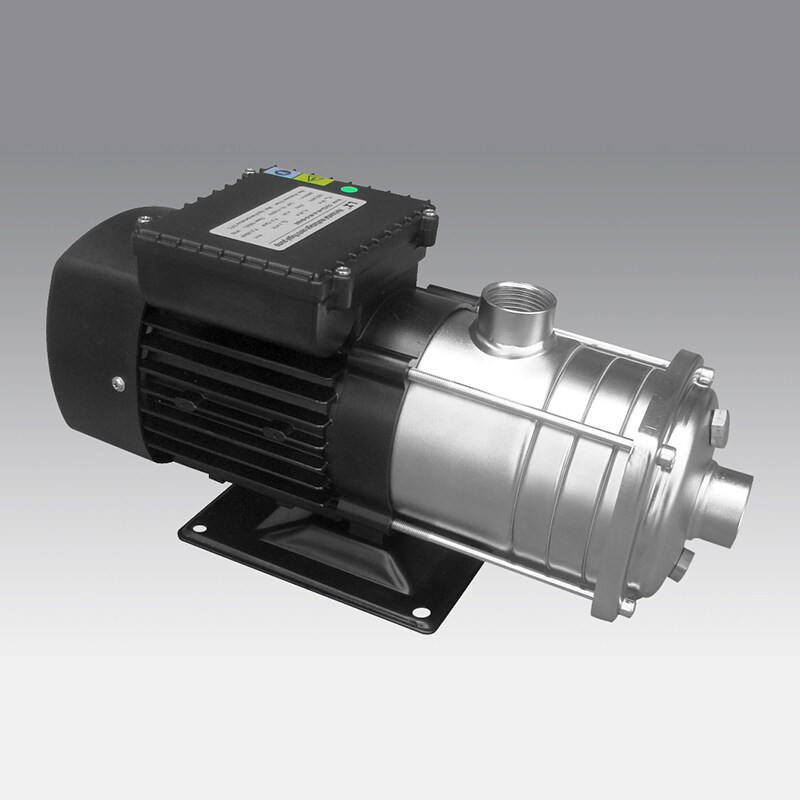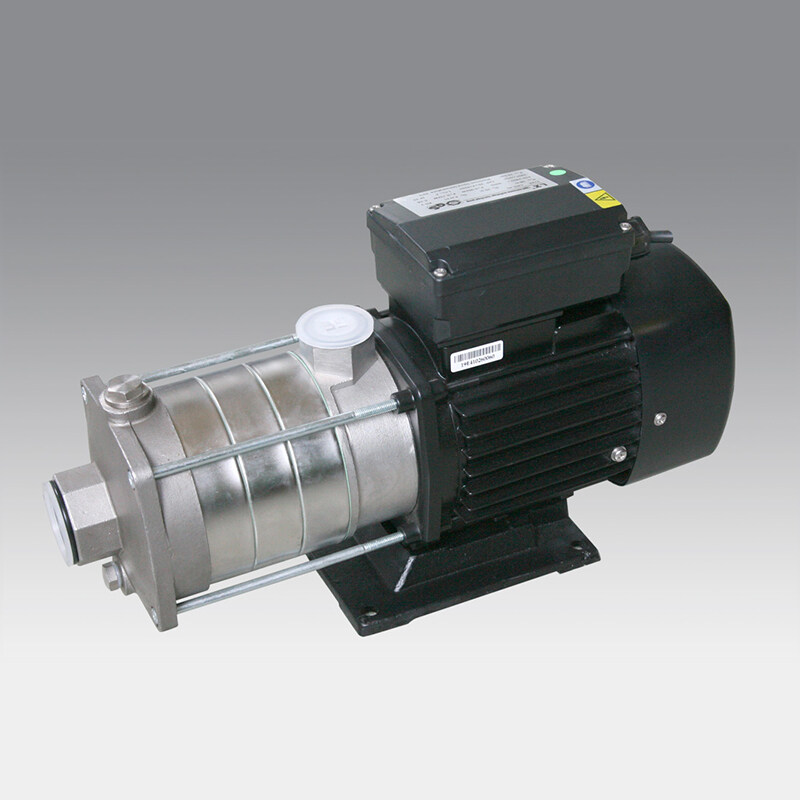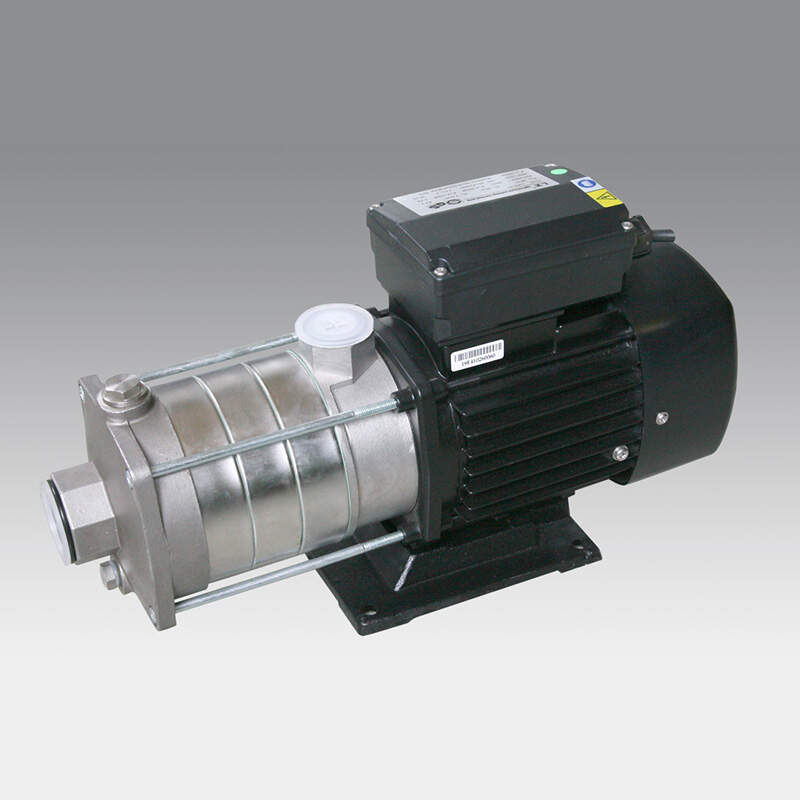Email format error
Email cannot be empty
Email already exists
6-20 characters(letters plus numbers only)
The password is inconsistent
Email format error
Email cannot be empty
Email does not exist
6-20 characters(letters plus numbers only)
The password is inconsistent

PUMPS CMF2-50 60HZ
This water pump is constructed with a heavy-duty stainless steel pump head, aluminum pump housing, and PES impeller. It can support a variety of appliances and provide constant and continuous fresh water flow. Also, it features an adjustable speed switch in 46/67/93W. For your convenience, we include brass fittings and a water stop will come with the pump for corrosion-proof and leakage-proof.
This water pump is excellent for supplying water to different kinds of garden equipment. 1, it can provide you with a quiet pump: high performance but low noise. 2, High quality stainless steel material allows the pump body and impeller to be durable and stable when in use. 3, It comes with full protection-thermal overload protection & over voltage protection-to ensure utmost safety during use.
Product parameters
| 60Hz | ||||||||||||
|---|---|---|---|---|---|---|---|---|---|---|---|---|
| Model | Model | Driving motor P2(KW) | Q (m3/h) | 0.8 | 1.2 | 1.6 | 2.0 | 2.4 | 2.8 | 3.2 | 3.6 | 4.0 |
| CMF2-50 | CHL2-50 | 0.75 | H(m) | 60 | 58 | 55 | 51 | 47 | 43 | 40 | 33 | 30 |
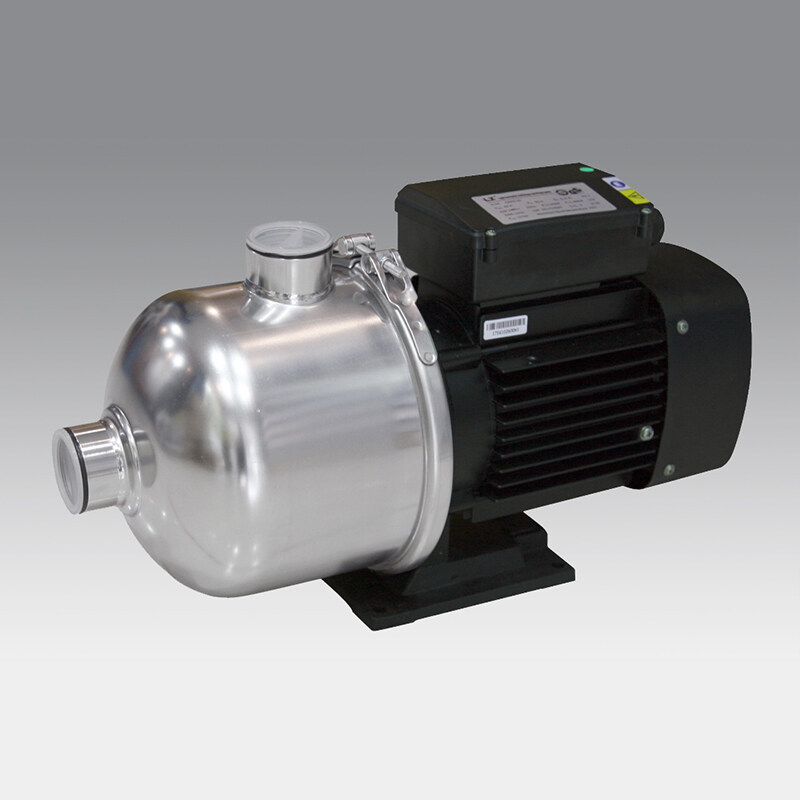
Judging the fault from the pump noise is as simple as that
Mechanical noise comes from vibrating parts or surfaces, which produce audible pressure fluctuations in adjacent media. Examples, are pistons, rotating unbalanced vibration, and vibrating pipe walls.
In positive displacement pumps, noise is generally related to pump speed and the number of pistons in the pump. Liquid pulsation is the main mechanically induced noise. On the contrary, these pulsations can also stimulate the mechanical vibration of pump and pipeline system components. An incorrect crankshaft balance weight will also cause vibration according to the speed, which may loosen the anchor bolts and produce a slapping sound of the foundation or guide rail. Other noises are related to the sound of a worn connecting rod, worn piston pin, or piston knocking.
In centrifugal pumps, improperly installed couplings often produce noise (misalignment) at twice the pump speed. If the speed of the pump approaches or passes the horizontal critical speed, the high vibration caused by an imbalance or the wear of bearings, seals or impellers can produce noise. If wear occurs, it may be characterized by a high-pitched howl. Motor fans, shaft keys, and coupling bolts may produce clearance noise.
Liquid noise source
When pressure fluctuations are directly caused by the movement of the liquid, the noise source is commensurate with the hydrodynamic force. Possible fluid power sources include turbulence, liquid flow separation (vortex state), cavitation, water hammer, flash, and the interaction between impeller and pump water diversion angle. The pressure and flow pulsation may be either periodic or broadband in frequency, and may generally excite the mechanical vibration of the pipeline or the pump itself. Then, mechanical vibration can spread noise to the environment.
Generally, there are four types of pulsation sources in liquid pumps:
(1) Discrete frequency components generated by the pump impeller or piston;
(2) Broadband turbulent energy caused by high velocity;
(3) Impact noise is formed by the intermittent oscillation of broadband noise caused by cavitation, flash, and water hammer;
(4) When the liquid flow passes through the obstacles and the lateral tributaries of the pipeline system, the pulsation induced by the flow caused by the periodic vortex may produce the secondary flow spectrum change of pressure fluctuation in the centrifugal pump.
This is especially true when operating at off-design flow. The figures shown on the streamline are the positioning of the following flow process principles: due to the interaction of the boundary layer between the high-speed and low-speed areas in the flow field, most of this unstable flow pattern generates vortices, for example, due to the liquid flow around the obstacle or through the dead water area, or caused by two-way flow. When these vortices impact the side wall, vortices, that is, vortices, are converted into pressure fluctuations, and can cause local oscillation of pipelines or pump components. The acoustic response of the pipeline system may strongly affect the frequency and amplitude of eddy current diffusion. Research work has shown that eddy current is the strongest when the sound resonance of the system is consistent with the natural or preferred frequency of the noise source.
When the centrifugal pump operates at a flow rate less than or greater than the flow rate at the best efficiency, usually, noise can be heard around the pump casing. The level and frequency of this noise vary from pump to pump, depending on the pressure head level generated by the pump at that time, the ratio of NPSH required to NPSH available, and the degree to which the pump fluid flow deviates from the ideal flow. Noise often occurs when the angle of the inlet guide vane, impeller, and housing (or diffuser) are inappropriate for the actual flow. In addition, the main source of this noise is also considered to be recirculation.
Before the liquid flows through the centrifugal pump and is pressurized, the liquid must pass through an area where the pressure is not greater than the existing pressure in the inlet pipe. This is partly due to the acceleration of liquid entering the impeller inlet, and also due to the separation of airflow from the impeller inlet blades. If the V flow exceeds the design flow and the attached blade angle is incorrect, high-speed and low-pressure vortices will be formed. If the liquid pressure drops to the vaporization pressure, the liquid-vapor flashes. Later, the pressure in this channel will rise. The ensuing implosion causes a noise commonly known as cavitation. Generally, the cavitation rupture on the nonpressure side of the impeller blade will cause serious harm (blade corrosion) in addition to noise.
The noise level is measured on the shell of an 8000hp (5970kw) pump near the inlet pipeline when cavitation occurs. Cavitation produces broadband shocks that can excite many frequencies; However, in this case, the blade's common frequency (the number of impeller blades multiplied by revolutions per second) and its multiple dominate. This type of cavitation noise usually produces very high-frequency noise, which is best known as "popping sound".
Cavitation noise may also be heard when the flow is less than the design condition, or even when the available inlet NPSH exceeds the NPSH required by the pump, which is a very puzzling problem. The explanation put forward by Fraser believes that this very low irregular frequency but high-intensity noise comes from the impeller inlet or impeller outlet, or the reflux at both places, and this recirculation occurs in each centrifugal pump under the condition of a certain flow decline. Operation under recirculation conditions damages the pressure-bearing side of the impeller blade inlet and outlet (also to the shell guide vane). The increase in the loudness of impact noise and irregular noise, as well as the increase of inlet and outlet pressure pulsation when the flow decreases, can be used as evidence of recirculation.
Automatic pressure regulators or flow control valves can produce noise related to both turbulence and airflow separation. When these valves operate under severe pressure drops, they have high flow rates that produce significant turbulence. Although the generated noise spectrum is very broad-band, its characteristics are centered on the frequency with the corresponding Strouhal number of about 0.2.
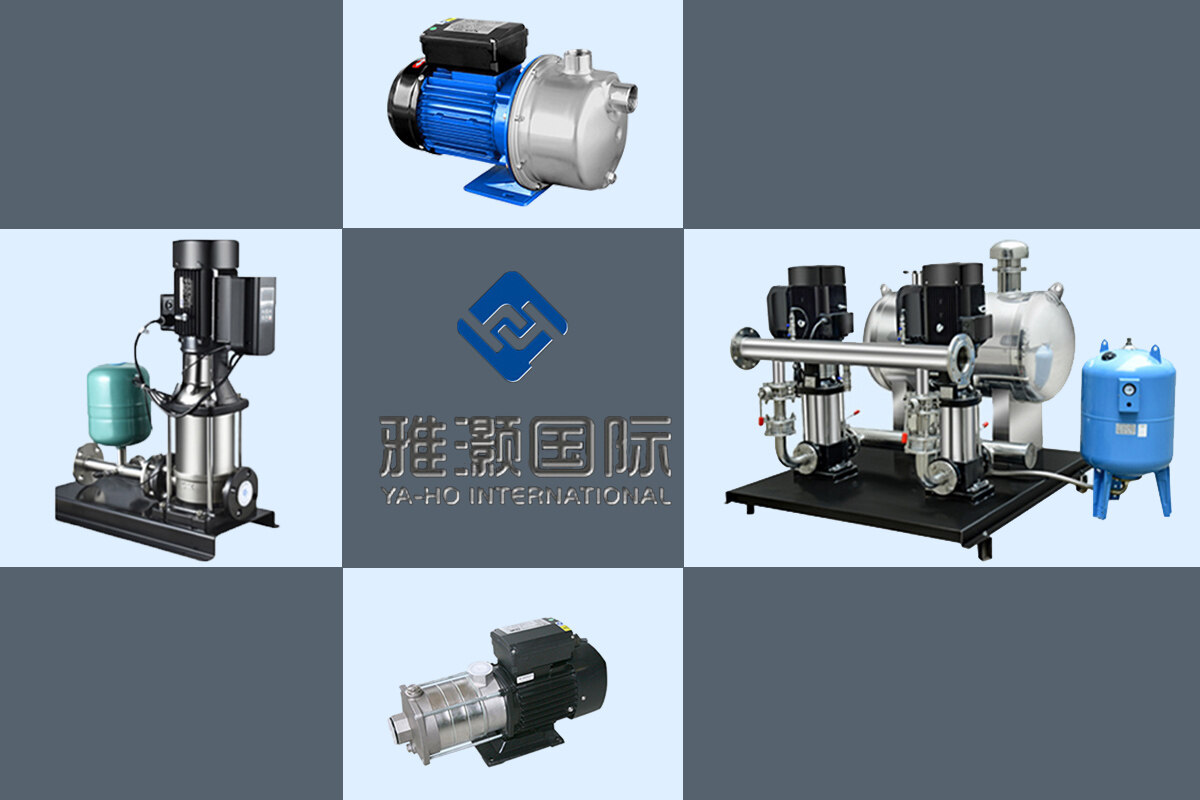
Application field
① In the production of chemical and petroleum sectors, most of the raw materials, semi-finished products and finished products are liquids, and the production of semi-finished and finished raw materials into semi-finished products and finished products needs to go through complex technological processes. During these processes, pumps play a role in transporting liquids and providing pressure flow for chemical reactions. In addition, in many installations, pumps are used to adjust the temperature.
② In agricultural production, pumps are the main irrigation and drainage machinery. my country's rural areas are vast, and a large number of pumps are needed in rural areas every year. Generally speaking, agricultural pumps account for more than half of the total output of pumps.Pumps are also the most used equipment in the mining and metallurgical industries. The mine needs to be drained by pumps, and in the process of beneficiation, smelting and rolling, pumps are needed to supply water.
③ In the power sector, nuclear power plants need nuclear main pumps, secondary pumps, and tertiary pumps, and thermal power plants need a large number of boiler feed pumps, condensate pumps, oil and gas mixing pumps, circulating pumps, and ash pumps.
④ In national defense construction, the adjustment of aircraft flaps, tail rudders and landing gear, the rotation of warships and tank turrets, and the ups and downs of submarines all require pumps. High pressure and radioactive liquid, and some also require the pump without any leakage.
⑤ In short, whether it is aircraft, rockets, tanks, submarines, drilling, mining, trains, ships, or everyday life, pumps are needed everywhere, and pumps are running everywhere. That's why the pump is listed as a general-purpose machine, which is a major product in the machinery industry.
⑥ Electric pumps, i.e. pumps driven by electricity. The electric pump is composed of a pump body, a water lift pipe, a pump base, a submersible motor (including cables) and a starting protection de
